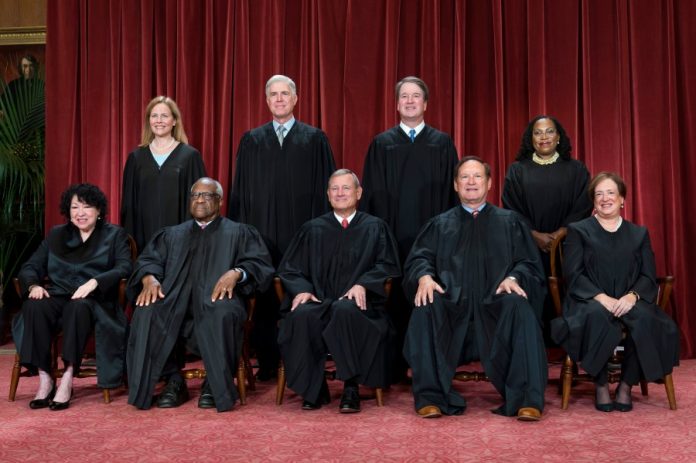
Unless the Supreme Court rules otherwise, President Trump will soon require approval from Congress to keep in place the broad-based tariffs he has imposed, altering the nation’s social contract and increasing economic inequality.
Trump and his Cabinet have boasted that tariffs, now averaging almost 20 percent, will bring in tens or even hundreds of billions annually in new revenue into federal coffers. Alongside this narrative, administration officials claim that the tariff revenue can replace income taxes to fund government operations and pay interest on the national debt.
But the U.S. Court of Appeals underscored just before Labor Day that tariffs are taxes — and that only Congress has the power to raise taxes.
The International Emergency Economic Powers Act upon which Trump hinges most of his tariffs does not authorize the president to impose tariffs or any other tax, the court ruled. Trump’s unconstitutional use of these emergency powers is particularly poignant because his tariffs, which are expected to raise as much as $3.3 trillion over 10 years, affect a major part of the U.S. economy.
For most of our country’s early history, tariffs served as the federal government’s primary source of revenue. Congress set tariffs, not the president; income and other taxes were later added to cover the cost of major wars and expanding government services. “In the late nineteenth and early twentieth centuries,” according to the majority opinion, “Congress began to delegate to the Executive limited authority to ‘activate or suspend’ tariff rates through international agreements,” as the U.S. became more engaged in global affairs.
Today, in their 7-4 ruling, the judges join a growing number of economists and business analysts who conceptualize tariffs as sales taxes passed along to the citizenry in the form of higher prices. This year’s historic spike in tariffs — coupled with the tax cuts just made permanent by Congress — make the U.S. tax system more regressive by shifting the tax burden toward the lower-income end of the scale.
“Heavy reliance on sales and excise taxes makes tax systems more regressive,” the Institute on Taxation and Economic Policy states in its annual Who Pays? report. “A progressive, graduated rate income tax makes overall tax systems less regressive or more progressive.”
Federal tax policy analysts measuring the effects of suddenly higher and fast-changing tariffs are in a whole new territory. But they can look to states’ experience in weighing the impact and fairness of a variety of taxes, including those on sales, income and property.
At the state level, a proposal to impose a 20 percent sales tax and flatter income tax, as Trump and Congress have essentially just done, would be decried as unfair, because the burden would fall disproportionately on people with lower incomes.
By affirming the appeals court decision, the Supreme Court could provide an off-ramp with political cover for Trump’s administration to back away from tariffs increasingly perceived as harmful to Trump’s working-class base — and bring back the Constitution’s intent that lawmakers control the power of the purse.
To control the national debt, for example, Congress could replace Trump’s jumbled high tariffs with a smaller national sales tax covering both foreign and domestic products. It could also impose a value added tax, as many other countries do. Or national sales taxes could be set slightly higher for imports.
The important thing is that Congress needs to act — and a ruling to that effect could be a win-win if it preserves the separation of powers and gives Trump an escape route from a misguided tariff scheme.
Karl Polzer is founder of the Center on Capital and Social Equity.

